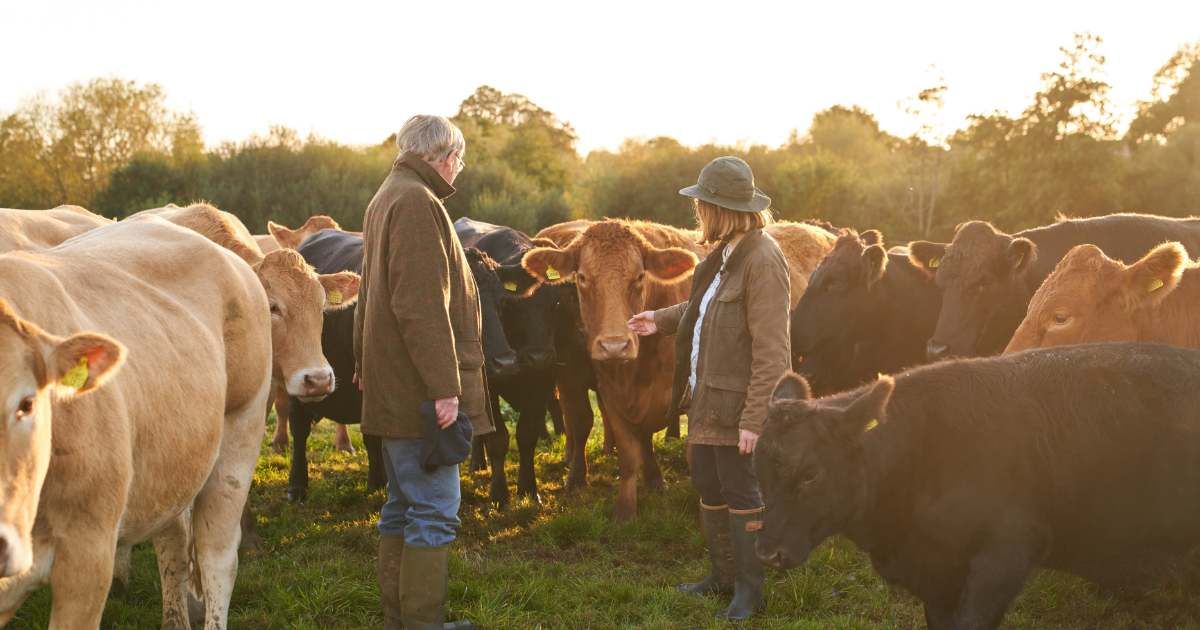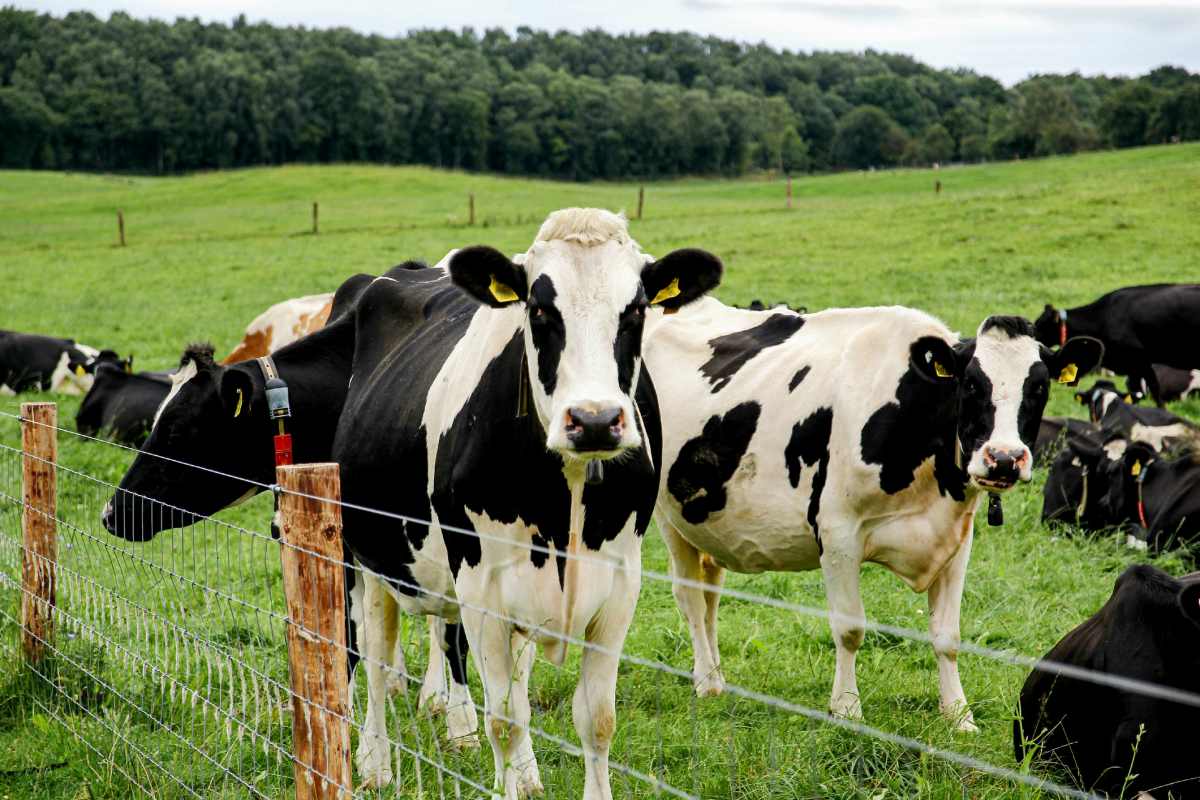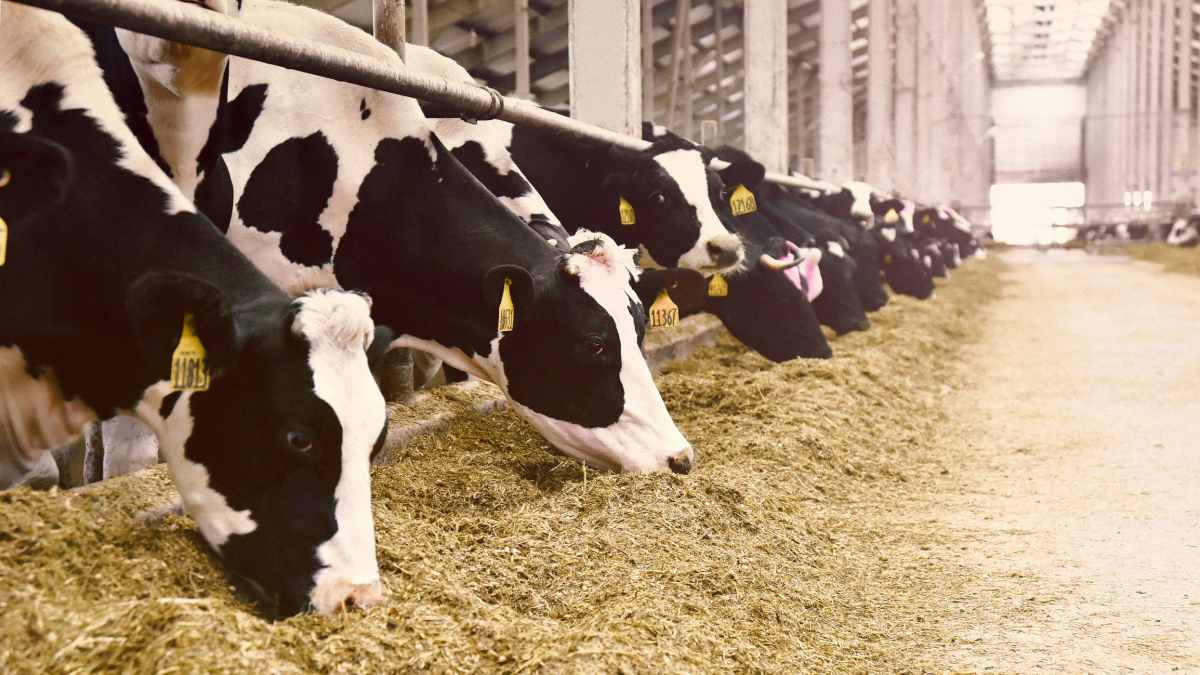Cows Are Now Being Trained to Pee in Designated Places in an Attempt to Prevent Global Warming

Combating global warming requires a mix of individual-level actions and large-scale changes. Some of the common ways include reducing greenhouse gas emissions by using renewable energy, cutting down on fossil fuels, and using natural resources efficiently. On a personal level, adopting eco-friendly habits like conserving water, using public transport, and more can make a difference. However, experts have now come across an unusual yet innovative step to prevent global warming from getting worse. In a surprising move, cows are now being trained to urinate in designated areas.

While it may sound a little bizarre, the idea tackles a serious environmental issue. A cow's urine releases ammonia, which can turn into nitrous oxide, a potent greenhouse gas that can pollute the environment. Therefore, Dutch researchers suggest that if 80 percent of cattle urine is collected in designated washrooms, ammonia emissions could be cut by more than half (around 56%), as per their study published in the Current Biology journal. This idea of MooLoo (the washrooms for cattle) was also praised by Donald Broom, an animal welfare professor at the University of Cambridge. According to him, this can have both local and global benefits, as reported by Good Good Good.
He said, “There’s a local pollution advantage and a greenhouse gas advantage. The significance of climate change is that if you can collect all of the urine and feces, then you can process it in a way that is less likely to cause greenhouse gases. They did it comfortably enough that it is feasible on a large scale.” Broom further claimed that the study also shows how better caring and feeding of cattle can lower greenhouse gases. He stated, “We’ve underestimated what cattle can learn. This is the kind of thing we ought to be trying to do.” This thoughtful approach is already showing promising results.
The MooLoo Approach: Scientists are toilet-training cows to save the planet
— Deborah (@Deborah07849071) December 11, 2024
Cows can be potty-trained to reduce pollution, cut ammonia emissions, and improve farm hygiene, paving the way for sustainable agriculture.
On farms worldwide, cattle are free to relieve themselves… pic.twitter.com/f0qjVxALFe
During the experiment, scientists placed cows in MooLoos, waited for them to urinate, and then rewarded them with a sweet treat, as reported by AP News. But if the cows urinated outside the MooLoo after their first training, they were sprayed with cold water for a few seconds as a punishment. Unlike other animals like dogs and cats, who naturally prefer specific spots for urinating and can be trained easily, cows don’t have this instinctive behavior. Therefore, the concept of MooLoo gained immense appreciation from people across the world.

An animal cognition scientist, Brian Hare, from Duke University, said, “I am not surprised they can train calves to urinate in set locations, but I am surprised no one has demonstrated this before. The critical question is, can it and will it scale?” Reports claimed that the cows also release huge amounts of methane through burping and farting, and this greenhouse gas is 25 times more harmful to the atmosphere than carbon dioxide. However, Andrew Knight, a veterinary professor, identified a major drawback of MooLoo and said, “The problem is that the MooLoos might not be economically affordable for farmers in poorer countries or simply not geographically practical.”
More on Green Matters
Chilling NASA Video Shows CO2 Spewing Out From the US Like Fiery Flames Into Earth’s Atmosphere
Alpine Cheese is Slowly Disappearing From Store Shelves, and The Reason Behind It Is Truly Worrying